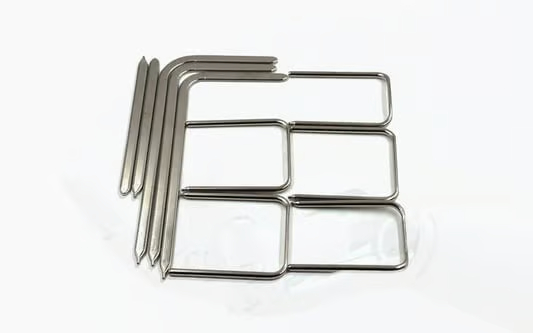Introduction
Heat pipes are innovative heat transfer devices that play an essential role in various industries due to their effective thermal management capabilities. In this blog post, we will examine their working principle, characteristics, structure, materials performance and potential applications as well as examine various applications.
Heat Pipes Operate by Phase Change Heat pipes operate using the phase change heat transfer principle. When heat energy is applied to an evaporator section, its working fluid vaporizes, absorbing thermal energy from its source. Once reaching a condenser section, its latent heat releases and returns back into liquid form; providing effective heat transfer from evaporator to condenser section. This phase change process provides efficient heat transfer between both components.
1. Working Principle of Heat Pipes
Heat pipes operate on the principle of phase change heat transfer. When heat is applied to the evaporator section, the working fluid inside vaporizes, absorbing thermal energy from the heat source. The vapor then travels to the condenser section, where it releases its latent heat, condensing back into liquid form. This phase change process enables efficient heat transfer from the evaporator to the condenser.

2.Characteristics and Classification of Heat Pipes
Heat pipes possess several characteristics that make them highly desirable for thermal management applications:
a. High Thermal Conductivity:
Heat pipes offer superior thermal conductivity compared to traditional heat transfer methods, facilitating rapid heat dissipation.
b. Isothermal Operation:
Heat pipes maintain nearly uniform temperature across their length, ensuring consistent thermal performance.
c. Passive Operation:
Heat pipes operate without the need for external power sources, making them reliable and energy-efficient.
Heat pipes are classified based on factors such as shape, working fluid, and application. Common types include copper-water heat pipes, aluminum-ammonia heat pipes, and sintered powder heat pipes.
3. Structure and Materials of Heat Pipes
he structure of a heat pipe typically consists of:
a. Evaporator:
This component evaporates heat away from its working fluid before dissipating back through.
Each heat pipe typically features either two coils.
b. Condenser:
Utilised when cooling, an evaporizer system will dissipating warm air from entering its working fluid into its working fluid source.
c. Wick Structure:
As mentioned previously.Facilitates capillary action to return the condensed liquid to the evaporator.
d. Enclosure:
Sealed chamber containing the working fluid.
Materials used in heat pipe construction include metals such as copper, aluminum, and stainless steel for the outer casing, while the working fluid can vary depending on the application requirements.
4. Heat Transfer Performance of Heat Pipes
Heat pipes exhibit excellent heat transfer performance due to their high thermal conductivity and phase change heat transfer mechanism. Factors influencing heat transfer efficiency include the choice of working fluid, operating temperature range, and geometric configuration.
5. Applications of Heat Pipes
Heat pipes find widespread applications across various industries, including:
- Electronics cooling in computers, smartphones, and LED lighting systems.
- Aerospace and avionics for thermal management in satellites, spacecraft, and aircraft.
- Renewable energy systems such as solar thermal collectors and geothermal heat pumps.
- HVAC systems for efficient heating and cooling in buildings.
- Thermal management of high-power electronics in automotive and industrial applications.
For more information on heat pipes and related products, you can visit TCH Thermal's Heat Pipe Collection.
Conclusion
Heat pipes are versatile thermal management solutions with a wide range of applications. Understanding their working principles, characteristics, and performance parameters is essential for leveraging their full potential in various industries. As technology advances, heat pipes are poised to play an increasingly significant role in addressing thermal challenges and enhancing energy efficiency.

